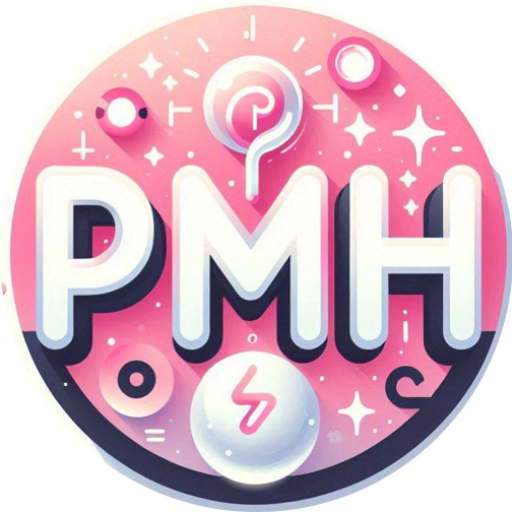
When developing solutions in Power Apps, one of the critical decisions you’ll face is how to efficiently submit data. Power Apps provides multiple methods to handle data updates, each with its unique advantages and use cases. In this post, we’ll explore and compare three common methods: Submit Form, Patch Individual Fields, and Collections Patch.
📋 Submit Form
The SubmitForm function is perhaps the most straightforward way to submit data in Power Apps. It’s particularly useful when dealing with forms created using the form controls in Power Ap
Advantages:
- ✨ Simplicity:
SubmitFormis easy to implement and requires minimal code. - ✔️ Data Validation: It comes with built-in validation for required fields and data types, ensuring data integrity.
- 📝 Less Code: Compared to other methods, using
SubmitFormreduces the amount of code needed.
Disadvantages:
- 💼 Bulkiness:
SubmitFormsubmits all fields in the form, which might include unnecessary data if only a few fields have changed. - 🐢 Performance: It can be slower when dealing with forms that have many fields or complex controls.
🔄 Patch Individual Fields
The Patch function allows for more granular control over data submission. It lets you update only specific fields that have changed, which can lead to performance improvements in certain scenarios.
Advantages:
- 🎨 Flexibility:
Patchlets you update only the fields that have changed, reducing the amount of data sent. - ⚡ Efficiency: It can be faster for small updates as it minimizes the data transmitted.
- 🛠️ Custom Logic: Implementing custom logic for specific fields is easier with
Patch.
Disadvantages:
- 🧩 Complexity: Using
Patchrequires more code and careful handling of each field. - 🚧 Error Handling: It’s more prone to errors if not managed correctly.
📚 Collections Patch
The Patch function can also be used with collections, making it ideal for bulk operations where multiple records need to be updated simultaneously.
Advantages:
- 🗃️ Bulk Operations:
Collections Patchis efficient for bulk updates as it handles multiple records at once. - 🚀 Performance: It’s generally faster for updating multiple records compared to patching each record individually.
- 📉 Less Overhead: This method reduces the number of server calls, which can enhance performance.
Disadvantages:
- 🔍 Complexity: Setting up and managing
Collections Patchcan be more complex. - 🔗 Limited Use Cases: It’s best suited for scenarios where multiple records need updating rather than single records.
🤔 Which Method Should You Use?
The choice of method depends on the specific requirements of your application:
- 🔹 For Single Record and Few Fields:
Patch Individual Fieldscan be faster and more efficient. - 🔹 For Full Record Updates:
SubmitFormis the simplest approach and often sufficient, though it may not always be the fastest. - 🔹 For Bulk Updates:
Collections Patchis generally the fastest approach and reduces the number of server calls.
📝 Conclusion
Optimizing data submission in Power Apps involves selecting the right method based on your needs. By understanding the advantages and disadvantages of SubmitForm, Patch Individual Fields, and Collections Patch, you can make an informed decision that enhances the performance and efficiency of your Power Apps solutions. Whether you’re dealing with single record updates or bulk operations, there’s a method that fits your scenario perfectly.
Happy Power App-ing! 🌟

